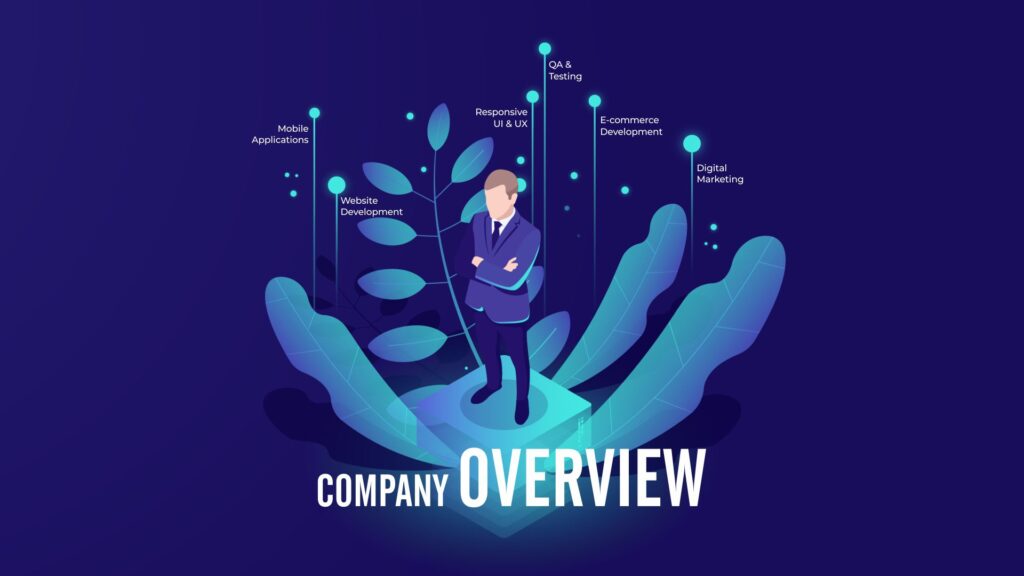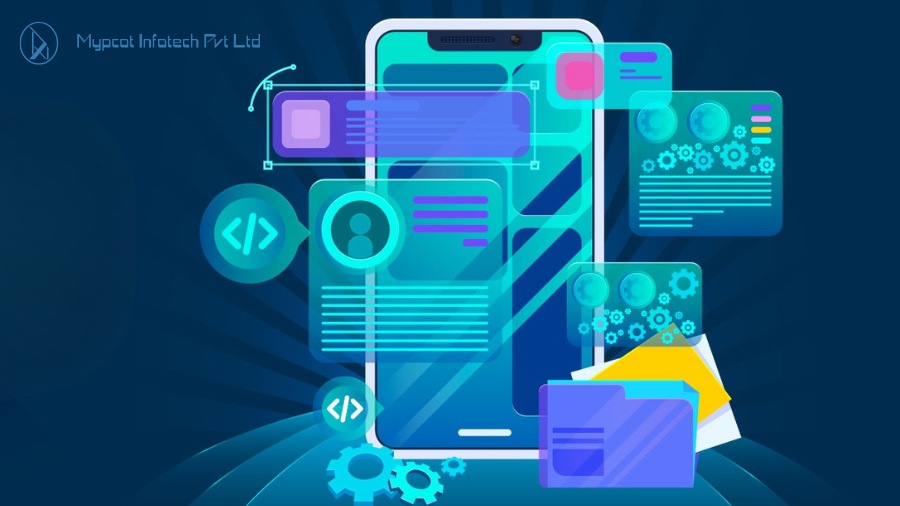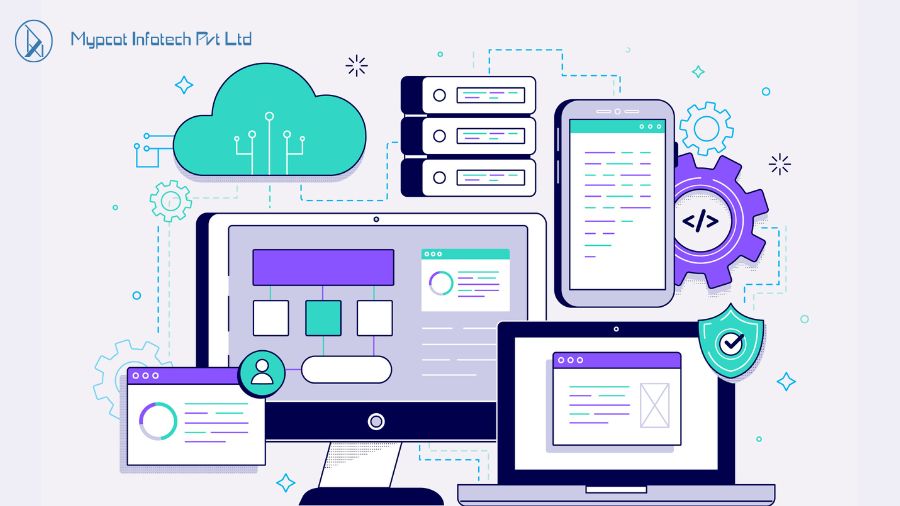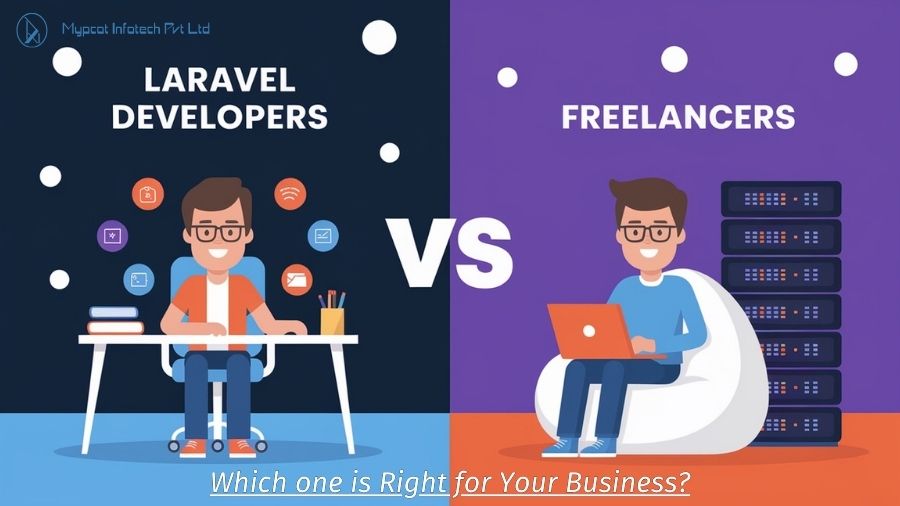“No one can get to one’s goal unless he knows where he wants to go and what he wants to do”
Similarly, for an analyst, the choice of an industry or the project is not so critical to solving a business problem, as is the effective definition of client requirements. Project goal definition gives clarity and builds a framework to understand what is needed to be done.
Before starting, a good analyst should follow Five Ws & One H questioning mythology to find requisite answers:
Table of Contents
Toggle1. WHO is End User for Analysts?
Who is the end-user of the project, the target audience, what are user capabilities, risk-taking abilities & resources available with them? To define a project goal, an analyst must know them to fulfil the purpose of the project. The analyst should also support it with market/ competitor data to benchmark, corroborate & effectively define the ask of the end-user.
The client’s risk-taking capability will also define the approach – A conservative client may prefer an incremental approach instead of radical change in the existing setup. An analyst needs to talk to all the stakeholders, listen to them & balance these needs.
2. WHAT problem need to be solved for a business?
To solve a problem, an analyst should know what the problem is being faced by the business. Effective understanding of the problem is essential for solving it.
Project scope or TOR may only loosely define what the client is looking to achieve. At times, it may not cover the true issues or dependencies. Effective problem definition will align the thought process of the client with that of the analyst & other business stakeholders.
3. WHEN will project get completed?
Without time constraints, goals cannot be achieved for any project. The project’s success depends on effectively setting timelines for achieving each step of the project & also having a client’s buying for it.
4. WHERE
The project framework should also define where the different aspects of the project would be implemented. The feature requirement for an app from a company selling clothes will be very different from the requirement of a company selling electronic gadgets. The involvement of key stakeholders is essential for a project’s success.
5. WHY
An analyst should find the reasons for the problem statement and understand the steps that have already been taken to solve it. The project goal definition should not have those steps that can be challenged or have already been tried. Information should be gathered on what steps have already been taken and remove the repetition. No one wants to repeat a failure.
6. HOW
The framework should also answer how the goal is to be achieved. It should define project champions, resources required, and how they are to be brought in – insourcing versus outsourcing. The client expectations should also be aligned with the assets available for the project, budget outlay & possible deviations on cost/ time overrun to effectively achieve the desired results.
Business analysts at Mypcot are experienced and also experts in their field. They ask all the right questions before the start of the project and during the project for timely deliveries that meet the client’s requirements to the ‘T’.











